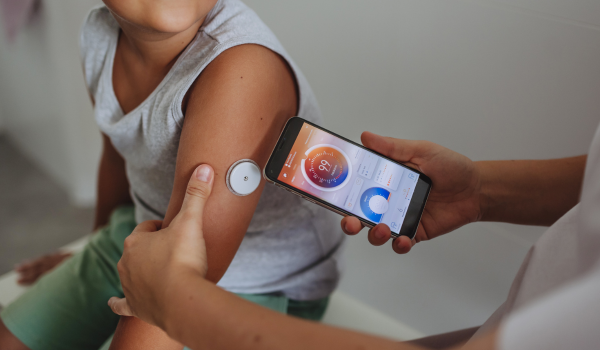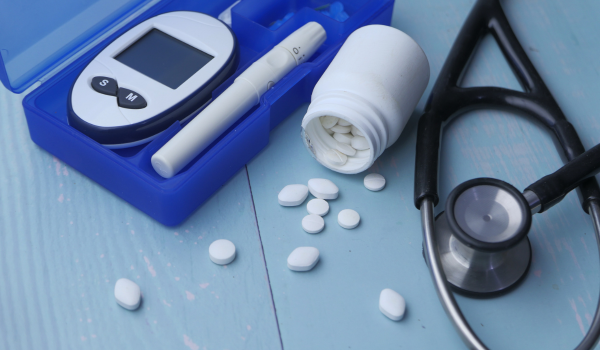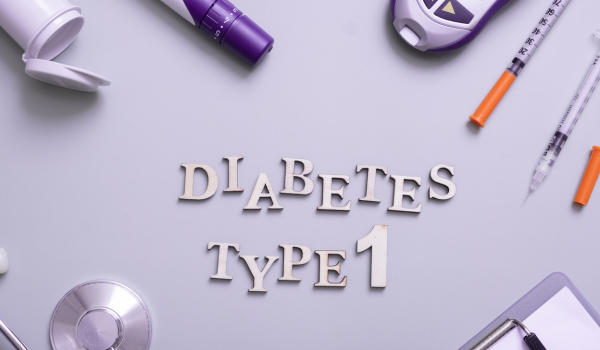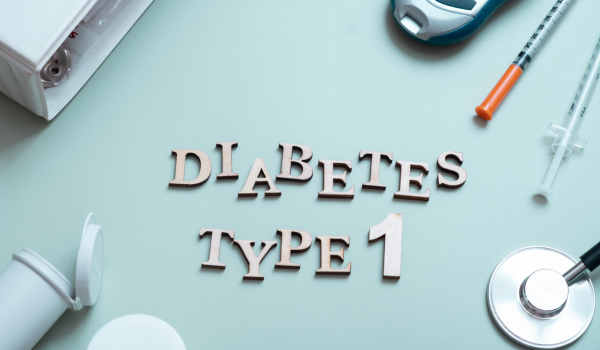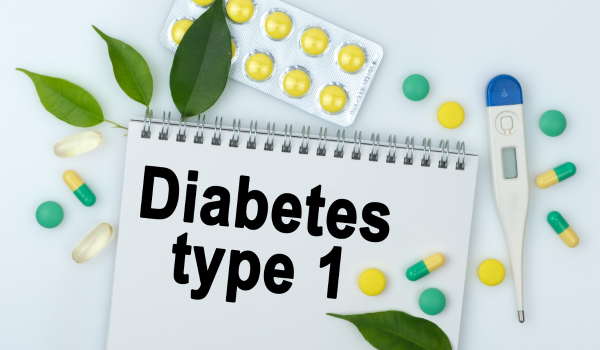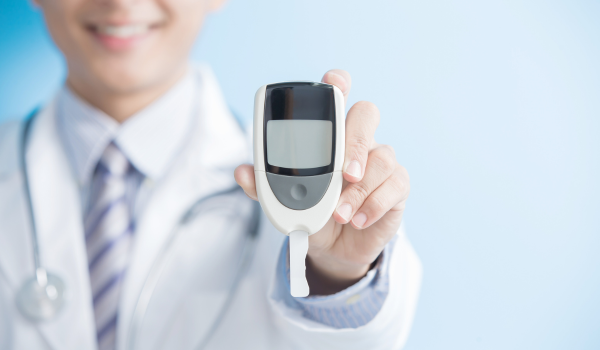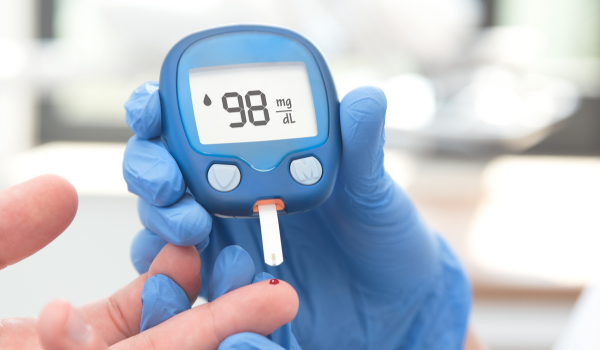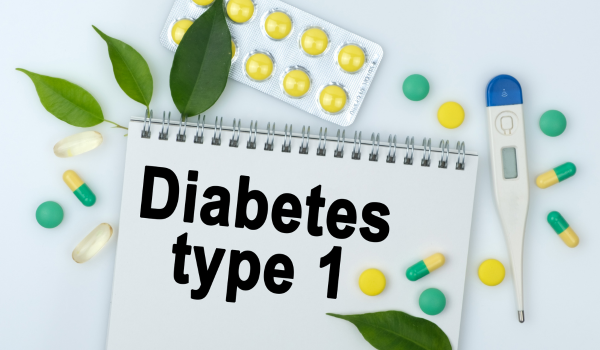.png)
Why Insulin Matters
Insulin is at the core of survival for people with type 1 diabetes. Unlike type 2 diabetes, where some insulin may still be produced, type 1 diabetes results from the body’s inability to make insulin at all. This means that without external insulin, blood sugar cannot be regulated, leading to dangerously high glucose levels and complications such as diabetic ketoacidosis.
Insulin is more than just a medication—it replaces a missing hormone that the body relies on for energy, growth, and repair. Effective insulin therapy restores balance, allows glucose to enter cells, and prevents organ damage caused by chronic high blood sugar.
Types of Insulin
There are several different kinds of insulin, each designed to act at different speeds and durations. Understanding these types helps patients and healthcare providers create effective therapy plans.
-
Rapid-acting insulin: Works within minutes, peaking in about an hour, lasting 3–5 hours. Taken before meals.
-
Short-acting insulin: Slower than rapid-acting, peaks at 2–3 hours, lasts up to 8 hours.
-
Intermediate-acting insulin: Covers half a day, often combined with short-acting for balanced control.
-
Long-acting insulin: Provides a steady background insulin for up to 24 hours.
-
Ultra-long-acting insulin: Lasts longer than 24 hours with fewer fluctuations.
The right mix of these types mimics the body’s natural insulin release, balancing meals, exercise, and fasting periods.
Delivery Methods
Modern medicine offers several ways to deliver insulin, giving people flexibility and comfort.
-
Syringes: Traditional method, still widely used for its reliability.
-
Insulin pens: Pre-filled, portable, and easier for accurate dosing.
-
Insulin pumps: Devices that deliver continuous insulin through a catheter placed under the skin, allowing precise adjustments.
-
Inhaled insulin: A newer option for rapid-acting insulin, used before meals.
Each method has advantages and disadvantages. Choice depends on lifestyle, comfort, cost, and medical advice.
Basal and Bolus
Effective insulin therapy often follows the basal-bolus regimen, designed to mimic natural insulin patterns.
-
Basal insulin: Provides background coverage throughout the day and night, keeping blood sugar steady during fasting.
-
Bolus insulin: Taken before meals to cover the rise in blood sugar from food.
This combination allows for flexibility and more precise control, but requires careful monitoring and adjustment.
Timing and Dosing
Getting insulin therapy right depends heavily on timing and dosing. Too little insulin leads to hyperglycemia; too much causes hypoglycemia.
Factors influencing dosage include:
-
Carbohydrate intake
-
Physical activity
-
Stress and illness
-
Time of day
-
Hormonal changes (e.g., puberty, menstruation)
Patients work closely with their healthcare team to adjust doses, often learning carb counting and insulin-to-carb ratios to achieve stable control.
Carb Counting
Carbohydrate counting is an essential skill for people using insulin therapy. Since carbs have the most direct effect on blood sugar, knowing how many grams are in a meal helps calculate the right insulin dose.
For example:
-
1 unit of rapid-acting insulin may cover 10–15 grams of carbs, though ratios vary by individual.
-
Advanced techniques include adjusting doses for fat, protein, and mixed meals.
Carb counting empowers individuals with flexibility in diet while maintaining safe glucose levels.
Monitoring Glucose
Insulin therapy cannot succeed without regular glucose monitoring. Options include:
-
Fingerstick testing: Quick checks throughout the day.
-
Continuous glucose monitors (CGMs): Devices that track blood sugar in real time, providing alerts for highs and lows.
Monitoring helps adjust insulin doses, prevents complications, and improves long-term outcomes.
Hypoglycemia Risks
One of the most significant challenges of insulin therapy is hypoglycemia, or low blood sugar. This occurs when insulin outpaces glucose, often due to too much insulin, delayed meals, or intense exercise.
Symptoms include:
-
Shaking
-
Sweating
-
Confusion
-
Dizziness
-
Seizures (in severe cases)
Learning how to recognize and treat hypoglycemia—usually with fast-acting glucose—is a critical part of insulin therapy education.
Hyperglycemia Risks
On the opposite end, hyperglycemia results from too little insulin, illness, or missed doses. Persistent high blood sugar can damage blood vessels, nerves, and organs.
Severe hyperglycemia may lead to diabetic ketoacidosis (DKA), a life-threatening condition requiring emergency care.
Balancing insulin therapy reduces these risks and prevents long-term complications.
Adjusting for Lifestyle
Insulin therapy is not static—it adapts to daily life. Patients must adjust insulin doses for exercise, stress, travel, and illness.
For example:
-
Exercise often lowers blood sugar, requiring reduced insulin or extra carbs.
-
Illness may raise blood sugar, needing more frequent checks and possibly higher insulin doses.
Flexibility and education are vital to maintaining stability.
Technology Advances
Technology has transformed insulin therapy. Innovations include:
-
Smart insulin pens that record doses and connect to apps.
-
Insulin pumps with CGM integration, creating hybrid closed-loop systems, often called artificial pancreas devices.
-
Research into glucose-responsive insulin that activates only when needed.
These advances make management easier, reduce risks, and improve quality of life.
Children and Teens
Managing insulin therapy in young people presents unique challenges. Children are more sensitive to insulin, more prone to fluctuations, and dependent on caregivers for dosing.
Teens face hormonal changes that increase insulin resistance, combined with lifestyle shifts that make management complex. Education, parental support, and regular checkups are crucial.
Pregnancy and Insulin
Pregnancy adds another layer of complexity. Women with type 1 diabetes must carefully manage insulin to protect both themselves and their babies.
-
Insulin needs often rise during pregnancy due to hormonal changes.
-
Poor control increases risks of preeclampsia, miscarriage, or birth complications.
Close monitoring and medical guidance ensure safer outcomes for both mother and child.
Long-Term Impact
Consistent insulin therapy prevents the devastating long-term effects of uncontrolled type 1 diabetes. These include:
-
Kidney failure
-
Vision loss
-
Nerve damage
-
Heart disease
By keeping blood sugar levels as close to normal as possible, insulin therapy protects organs and extends life expectancy.
Daily Challenges
Despite progress, insulin therapy remains demanding. Patients must think about their blood sugar at all times, plan meals, carry supplies, and manage unexpected fluctuations.
This burden can cause diabetes distress, frustration, or burnout. Support groups, counseling, and mental health care are vital to long-term well-being.
The Future
Research is pushing insulin therapy forward. Areas of development include:
-
Stem cell therapy to restore insulin production.
-
Immunotherapy to stop the autoimmune attack.
-
Fully closed-loop artificial pancreas systems that require minimal patient input.
These advances bring hope for easier management—and perhaps one day, a cure.



